Welcome to Tom's Lab!

After a long six hour drive from Ames to Milwaukee yesterday afternoon, we awoke bright and early in our hotel room and headed to the UWM campus. Neal, Reba, and myself met James, Libby, and Tom up in the GeomorphologyStudy of the characteristics, development, and origin of landforms. Lab to accomplish our tasks for the day:
conduct a Skype call with my IB Environmental Systems students back home in Coeur d'Alene, and
continue running AMS samples from Mulajokull through the Kappabridge AMS Device.
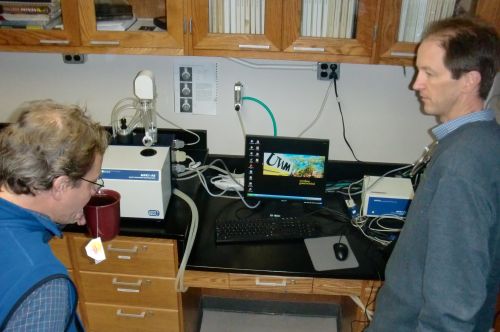
Students Enjoy a Virtual Tour of the AMS Lab
Thanks to some hard work of my substitute teacher and school district technology field technicians, my students were able to Skype with the team here from the AMS lab. Students were shown the original ring shear device and watched AMS samples being run through the device live! A big thanks to all those that helped connect my students with the scientists in a live format!
It was fun to hear students try and remember what our fieldwork in Iceland was all about, and then predict what would be next for the team here in the lab. We discussed where in the scientific process the team currently stands, and each of the team members gave a general description of what is next for them in their work with the many, many, many samples of till that were collected at Mulajokull back in August.
http://
Running Samples
Much of our morning together before and after the Skype call was spent discussing the preliminary results from 11 AMS fabrics that have been run thus far by the team here at UWM. Remember, the orientations of the microscopic grains in the AMS samples (as measured by the device) are going to help the team determine whether drumlins are formed via erosion or deposition. That is to say, whether the till in the drumlims was once removed while underneath the drumlin to leave an elongated hill shape, or if it has built-up under the glacier over long periods of time to form the shape of a drumlin.
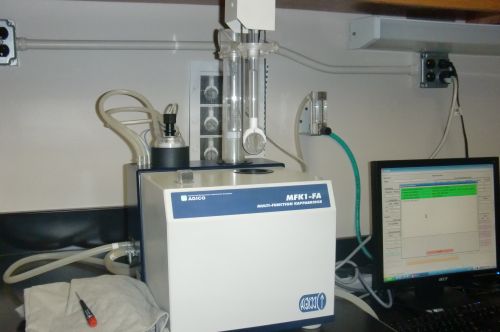
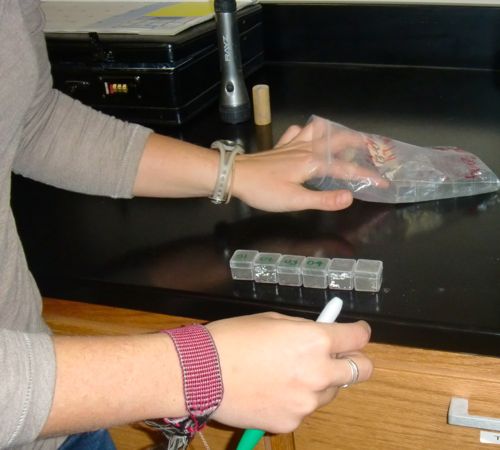
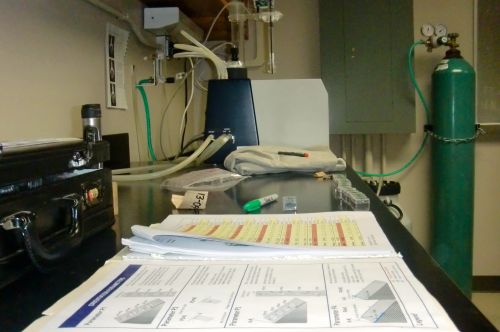
As it stands right now, the team is trying to determine what is causing the initial trends observed in the data. They are reviewing how the AMS device is being programmed to accept the samples for testing of the magnetic susceptibility, investigating what magnetic minerals are in the till that might be causing trends currently observed in the data sets, and deciding how to use some ring shear tests to verify trends currently observed in the data.
http://
Growing Young Scientists
About halfway through our morning together, Libby shared her initial AMS data from the flutes of Mulajokull. If you recall from one of my journals out in the field, Libby is conducting her Master's research on the flutes (another type of glacial landform) found in the Mulajokull glacial forefield.
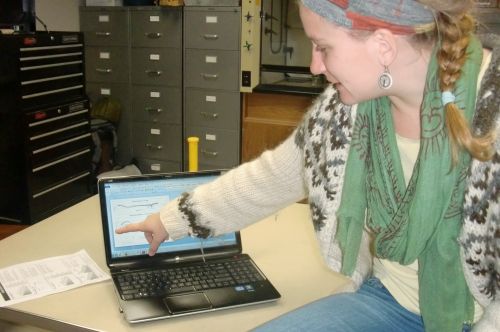
Libby received meaningful feedback about sampling sites to consider this coming field season; for both access to quality till samples in flutes, as well as for ease of accessing sampling sites within the rocky forefield of Mulajokull. Should Libby sample flutes nearer the ice margin? Should she sample larger flutes? How many flutes should be sampled to gather sufficient data? Referencing photographs taken from the field site back in August are greatly helpful with this process.
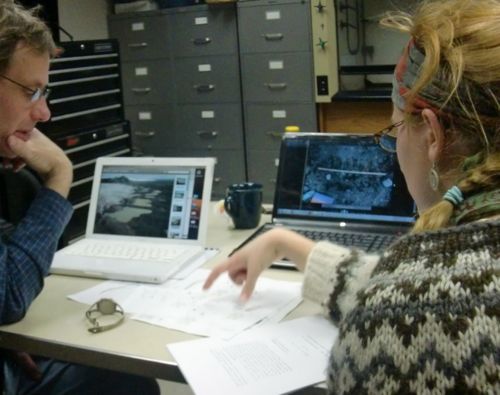
Flexibility is Key...Again
The team conversed for quite a while on the possibility that the orientation of the AMS cubes within the device could itself be systematically causing the initial trends in magnetic susceptibility observed in the first 101 or so AMS fabrics run through the device. The cube itself appears to necessitate some sort of shim to hold the cube in the exact, repeatable orientation as the sample is run through the device. The team is going to run a few interim experiments over the course of the next few days to see if these minor differences orientation of the cube in the device is actually affecting the results. If it is, the team will need to design some sort of high-precision contraption to hold the cube in the perfect orientation for each and every sample that is run.
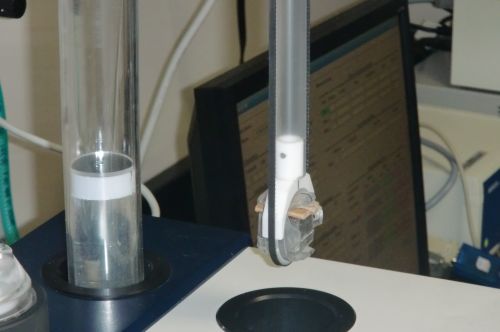
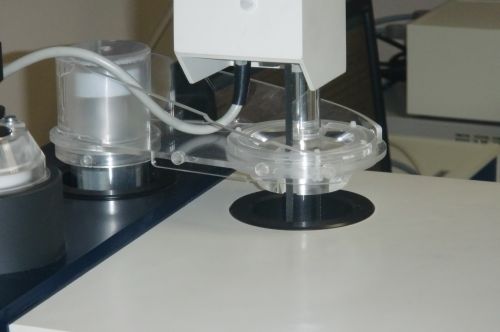
This situation is another great example of how scientists need to be flexible in their work, both in and out of the field. In the field we were challenged to work around elements like the weather, composition of the till, etc. Here in the lab we are being challenged by how the AMS device receives the cube samples, and need to be flexible again in developing the best, most repeatable methods of running samples through the device.
Parting Ways
Just after lunch, the team began parting ways: Neal and Reba heading back across the plains to Iowa State University, and my flights back across the Rockies to North Idaho.
A colleague of mine in the science department back home at Lake City happened to text message me on my way to the airport. He asked how the trip had went and what I had learned. I didn't know where to begin... I quickly realized there was far too much to write back in a single text. So Mike, here is my response:
This entire PolarTREC experience feels like it has truly come full circle for both my development as a professional educator, and also as a teacher to younger 'budding scientists' in my classes back home. I think I learned as much about the scientific endeavor and process in the last three days as I did in all 25+ days that I spent with the team back in Iceland. The trip this week proved to be a true testimony for the value of our country's scientists, the foundations and tax dollars that fund their research, and the academic process that allows individuals to become researching scientists.
I will be forever fortunate for the experiences that PolarTREC has allowed my students and I to share together, both in and out of the field!
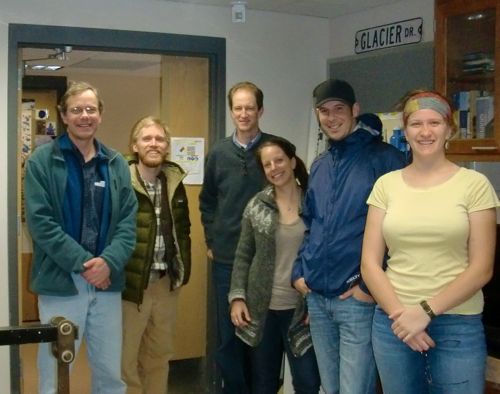
Until Next Time,
Jamie
- < prev
- 29 of 29


Comments